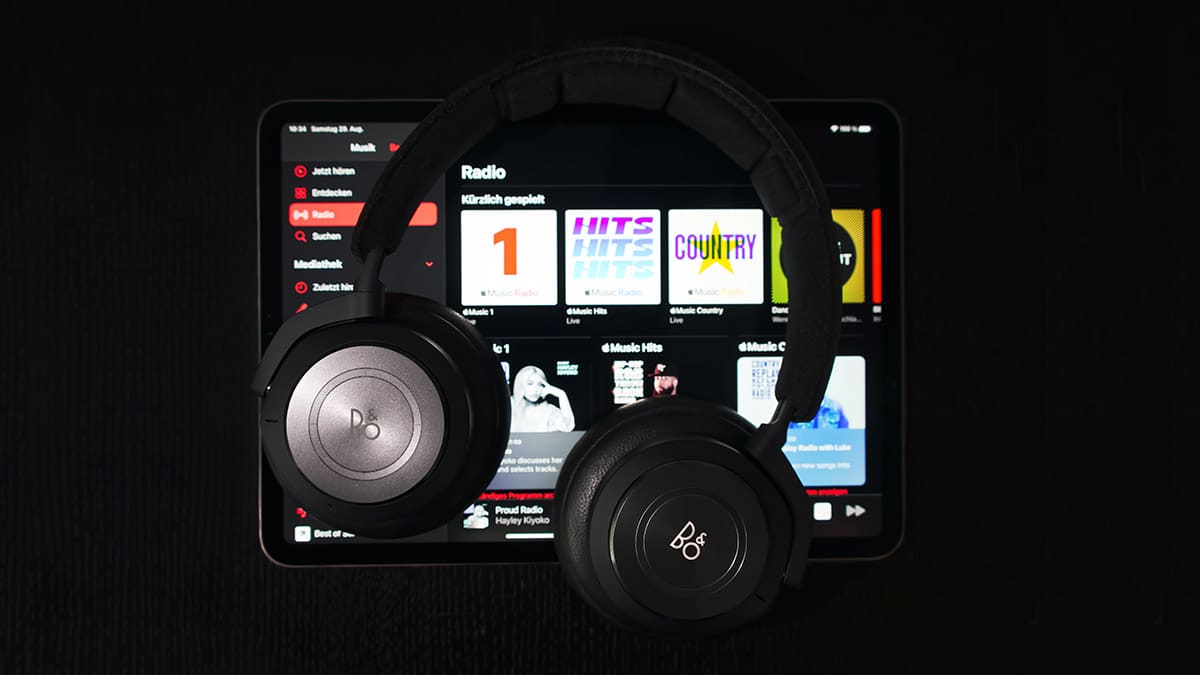BRISBANE, Australia — Radio and podcasts are a surprisingly challenging combination to sell. Over the past few years during which I have been hosting my own podcast, “Media Sales Mastery,” I’ve had radio sales professionals from around the world reach out and share their queries. Questions such as: “Are we supposed to sell podcasts as an audience extension to a radio buy?”; “Do we just package the podcasts in to win more radio revenue?”; “The podcast CPMs (cost per thousand impressions) is way higher than radio. How do I justify the difference?” or one that radio CEOs dread: “I’m just robbing Peter to pay Paul; how do I stop clients spreading their existing radio budgets across podcasts too?”
If any of the above sounds familiar, rest assured you’re not alone. Fundamentally, we need to remember one thing when going in for the combined sell: While they are both audio, podcasts and radio serve very different functions for the audience AND the advertiser.
While they are both audio, podcasts and radio serve very different functions for the audience AND the advertiser.
Radio is broadcast — it’s live and local and targets a particular demographic by serving a range of curated content and music. Podcasts are intimate, on-demand and borderless — they typically attract a sub-culture of people by going deep into special interest topics.
These are two quite divergent functions; however, they can also be highly complementary. Once we understand this, the question becomes: How do we harness the power of both and translate that into a meaningful proposition for an advertiser?
Here are three strategies to effectively sell radio and podcasts together.
1. A day in the life
Radio’s peak times remain unchanged and unchallenged by podcasts. Breakfast is a radio station’s linchpin in most markets around the world. People tune in to get their local news, traffic and weather and to hear about what matters to them from people who reside in their city or region.
In most countries, the data reveals that podcast listening is creeping into parts of the audience’s day usually unoccupied by prime-time radio: that tedious 3 p.m. Excel spreadsheet in the office, the solo housework on Saturday morning or a brisk walk at night after the kids’ evening bedtime routine.
Radio and podcasts can cohabitate perfectly in the listener’s day, meaning your brand has more opportunities to spend time with them.
2. Replace other media
There’s no question that podcast advertising can cannibalize your radio revenues, but there’s one other media type from which podcasts can easily steal ad revenue, and it’s sitting right under your listener’s nose: magazines. People go to podcasts for the exact reason they used to go to magazines: to escape, find out more about a particular topic or get their specific sub-culture fix.
The solution here is to sell the podcast environment, genre, content alignment, engagement and the brand in the same way you would sell a magazine title. People listen to radio for the same reasons they always have; people go to podcasts for what they used to get from magazines.
3. Monetize your podcast discovery
Radio groups worldwide have a sustainable competitive advantage in the race for podcast listeners: their broadcast audience. Most developed radio markets devote a good portion of their own airtime to promoting their podcast offering and driving audiences to discover new titles.
Podcasts are the fresh injection of digital innovation that bring legacy media into the here and now.
Telling an advertiser that not only do they have their message sitting perfectly within the latest blockbuster podcast, but that you can also extend their brand’s association into broadcast radio with a paid credit-line attached to the promos is a clean sell.
Ultimately, it’s up to you which of the above tactics have relevance or utility in your market. Selling podcasts and radio together is a nice problem to have in 2022. Podcasts are the fresh injection of digital innovation that bring legacy media into the here and now.
The author is a career media sales specialist with more than 13 years’ experience spanning radio, digital, podcasting and out of home. His Media Sales Mastery is one of the world’s top-rated podcasts on media sales.

